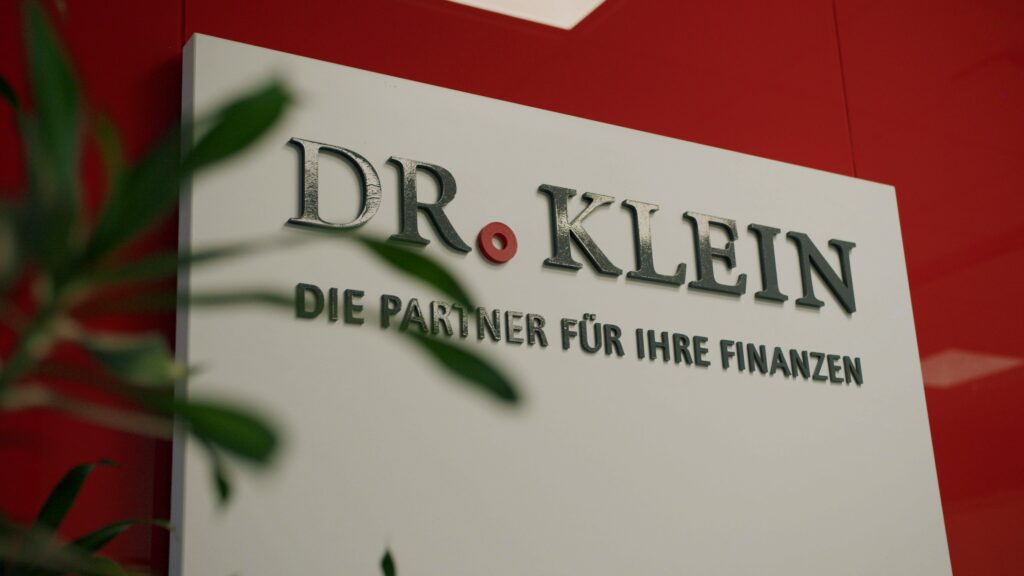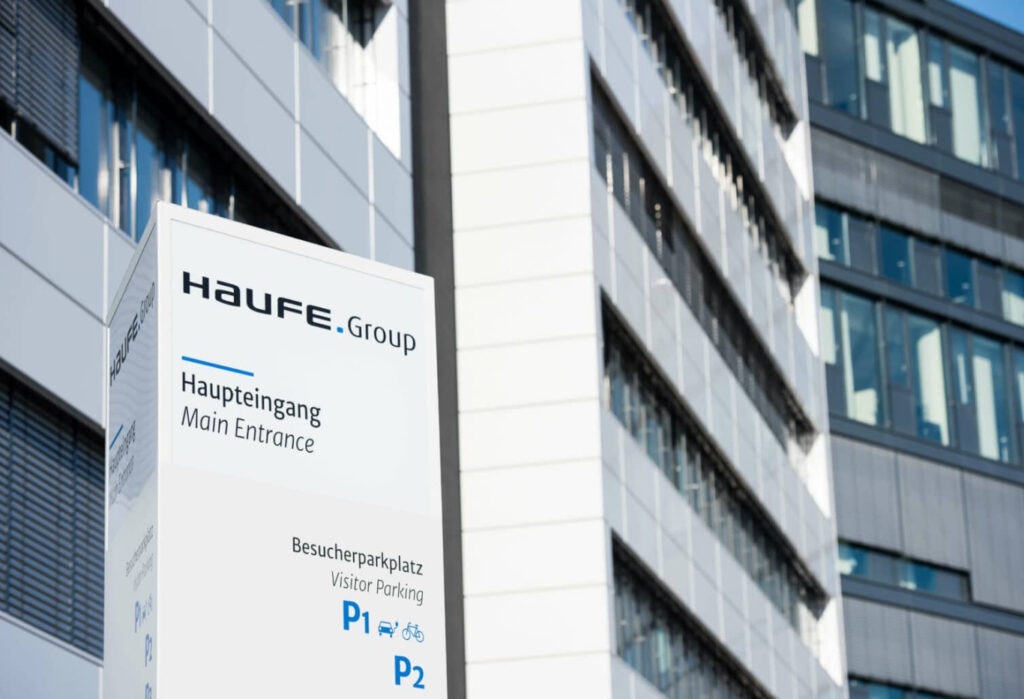We connect the dots to create tomorrow’s cloud solutions
Your Cloud Journey starts here. Take Skaylink with you.

Skaylink is born out of curiosity and driven by a passion to innovate. At the center of our vision lies a commitment to open the gates of cloud technology for all.

Let us be your cloud catalyst
Get ahead on your cloud journey with Skaylink
Tap into the skills of our more than 500 cloud enthusiasts. We analyze and implement best practices across different hyperscaler platforms, geographical borders, and the ever-evolving cloud technology landscape. As your trusted cloud partner, we seamlessly share our expertise to develop yours. Propel your path forward with our help.
Cloud Strategy
A powerful hub of cloud strategists
Need cloud experts to help build your infrastructure or applications, migrate or modernize your operations, or maybe even empower your workforce with modern workplace solutions? We’ve got you covered with advanced cloud security, compliance, and managed services – high-level solutions, integral to our DNA.

Case Studies

Henkel’s DevOps triumph – a boost of agility, clear focus and team engagement

Digital transformation of the BMW Group

KWS and Skaylink promote a digital product portfolio

SITA – IoT solution for airport self-boarding

Future-proof enterprise social network for Continental

A cloud-based CRM system for Dr. Klein

The Haufe Group optimizes cloud governance
Insights

- Blog

- Press

Career
Want to join our team?
If you’re looking for interesting work with cutting-edge technologies and a multi-faceted team, Skaylink is where you need to be.
